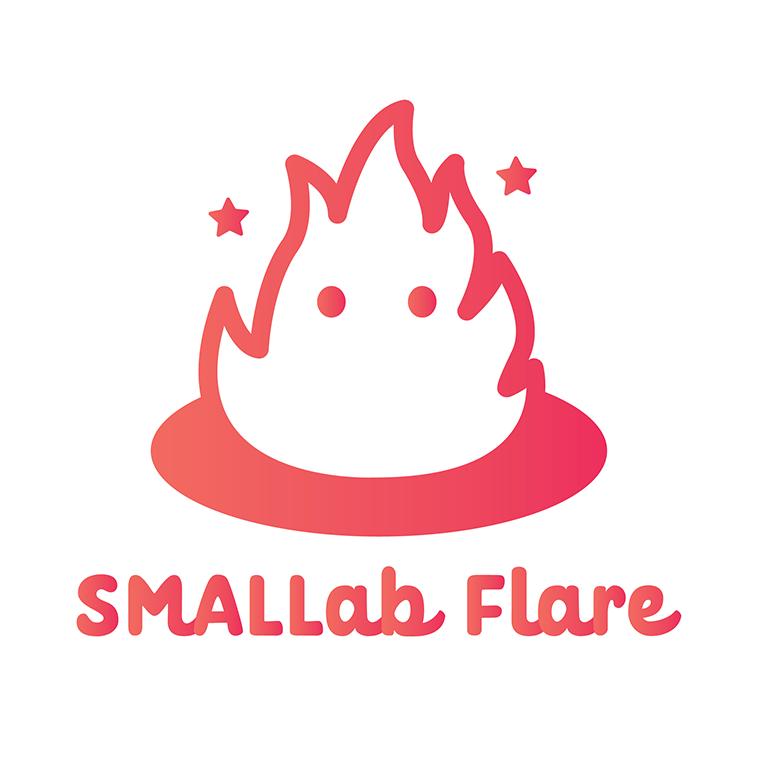Development and research on our first prototype!
Breaking down feedback
The fourth week began with breaking down and analyzing feedback from the previous week’s presentation that we had given all our faculty members. Through this process we identified the top metrics of our project –
1. Effectiveness
2. Playtesting
3. Transformational Content Accuracy
4. Prototyping
Our faculty gave us multiple references of games and experiences that are collaborative, or have dabbled in building projects for the mental health space. Some examples include –

Having received this feedback, we now have a clearer path to sketch out a production timeline we can set for ourselves. From the three prototypes we are expected to deliver at the end of these 14 weeks, we made a decision that Valerie would look into collaborative experiences and begin making a game design flow for one type of prototype. This would help us set up any paper prototype playtesting in the coming weeks.
To begin development, we began work on the free art and body interaction on the SMALLab technology.
Our first prototype – Freedom of art and movement
Inspired by the Chill room initiative by the Chill team at Northgate school, this prototype would focus on free interaction and movement of the user on the SMALLab platform. The main aim of this prototype is to provide a calming environment for the students, and relief from the anxiety and stress they face on a daily basis.
For the first step, we will make a blank canvas for the user to interact with some visuals, and gauge the success and failure of this freedom. Future iterations could include multiple users creating stunning visuals collaboratively.
Development and Research
Programming
On the programming side, the week was spent in testing, debugging and research. Tairan began to go in depth on how to actually build the Unity project and make it interact with the Optitrack system that SMALLab utilizes for motion capture of their wands. Owing to the uniqueness of the SMALLab platforms set up, we are still in the process of figuring out a template to use to build our project, while in contact with the technical support team at SMALLab.
Technical Art
Further, we began research on the different software we can use to display creative and attractive visual effects on screen. From our initial references, we had begun looking into software like Touch Designer and ProRes, and their ease of communication with Unity. After looking into it, for our current requirements it was decided we can use the in-built Unity VFX graph and Particle systems using Unity’s Universal Render Pipeline. This would ensure rapid efficient changes in the prototypes we will make.
Weekly interaction with the students
This week, we did not visit the school as we didn’t have our tech up and running. However, we sent over an activity for the students to do, to assist us in our art direction for the prototype we were building. We want to integrate their artwork into our experience in some way, to make it more personal to the students interacting with the project.
Our activity consisted of 3 prompts –
1. Describe an outdoor environment that calms you down.
2. Draw at least 3 elements of that environment. Use any and all colors you want!
3. Describe the kinds of music you would listen to to calm yourself down
The responses we got guided us into the kinds of environments we can build –
Production – Team photo
This week, we also took our team picture. Say hello to Team SMALLab Flare!
Plan for next week
- Troubleshooting for SMALLab platform
- Meeting with the client and updating on progress
- Building preliminary effects for testing
- Poster and half-sheets
